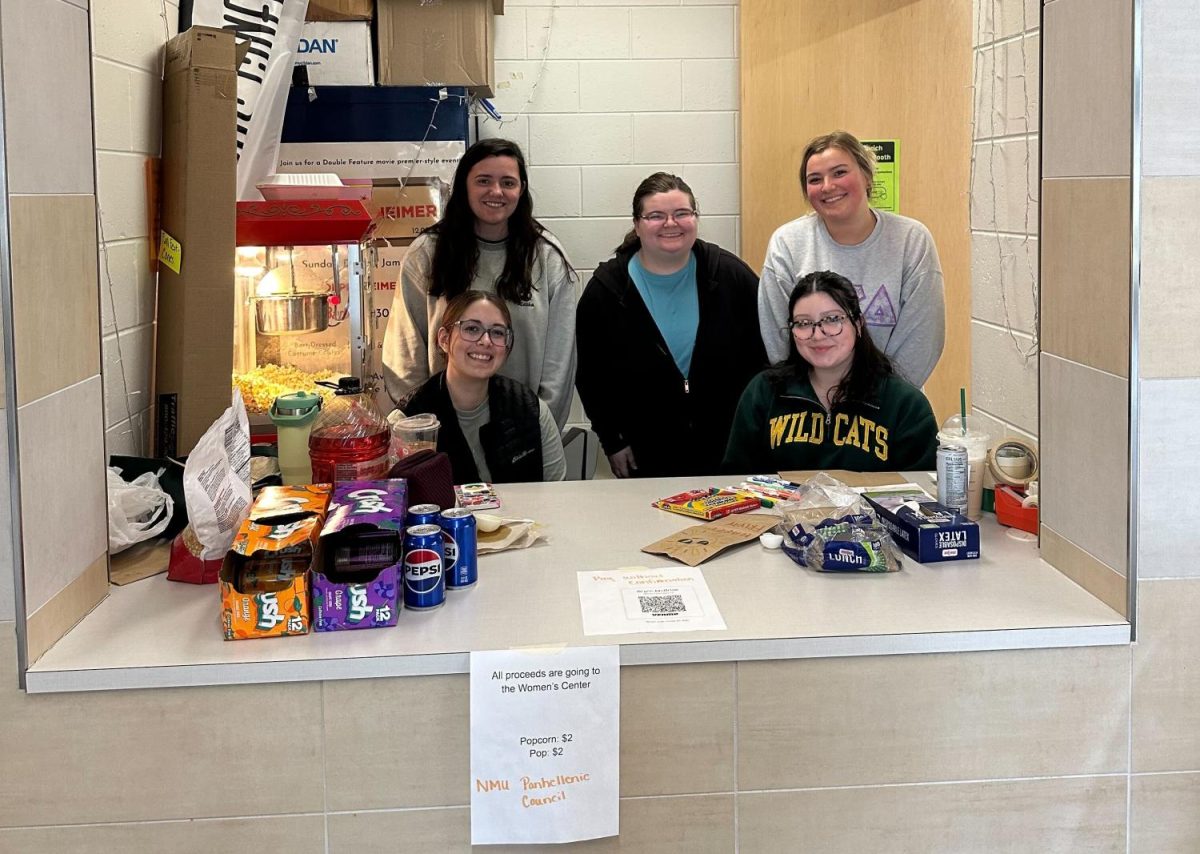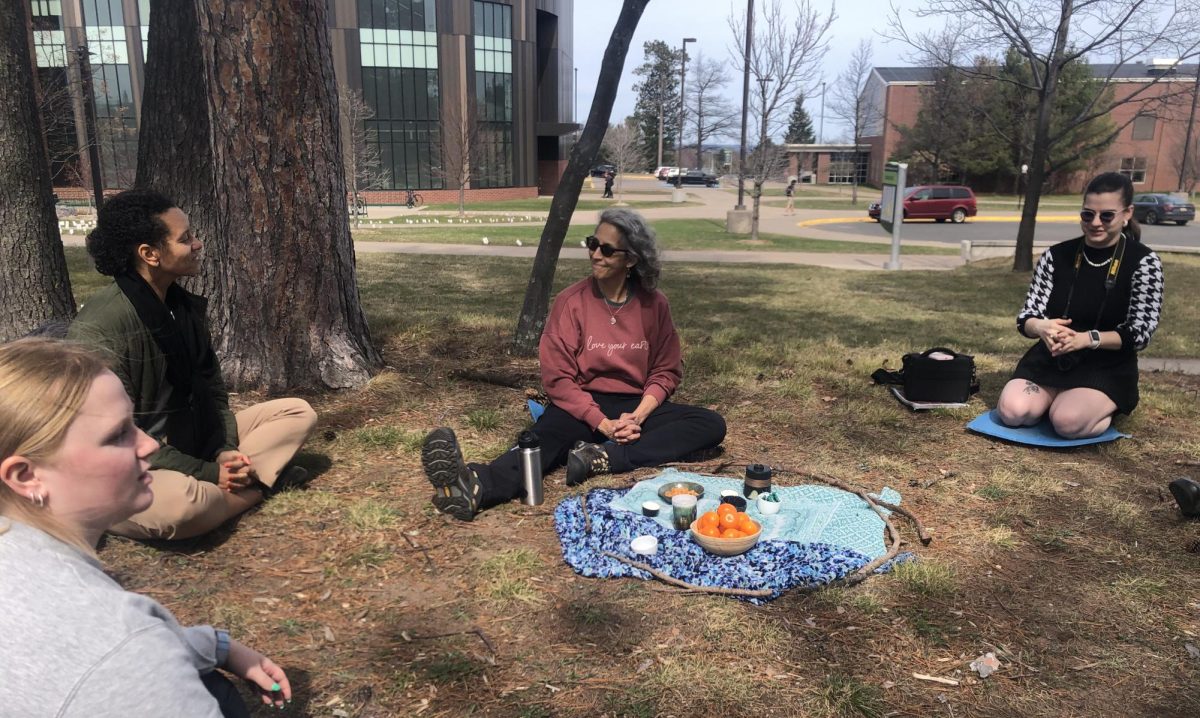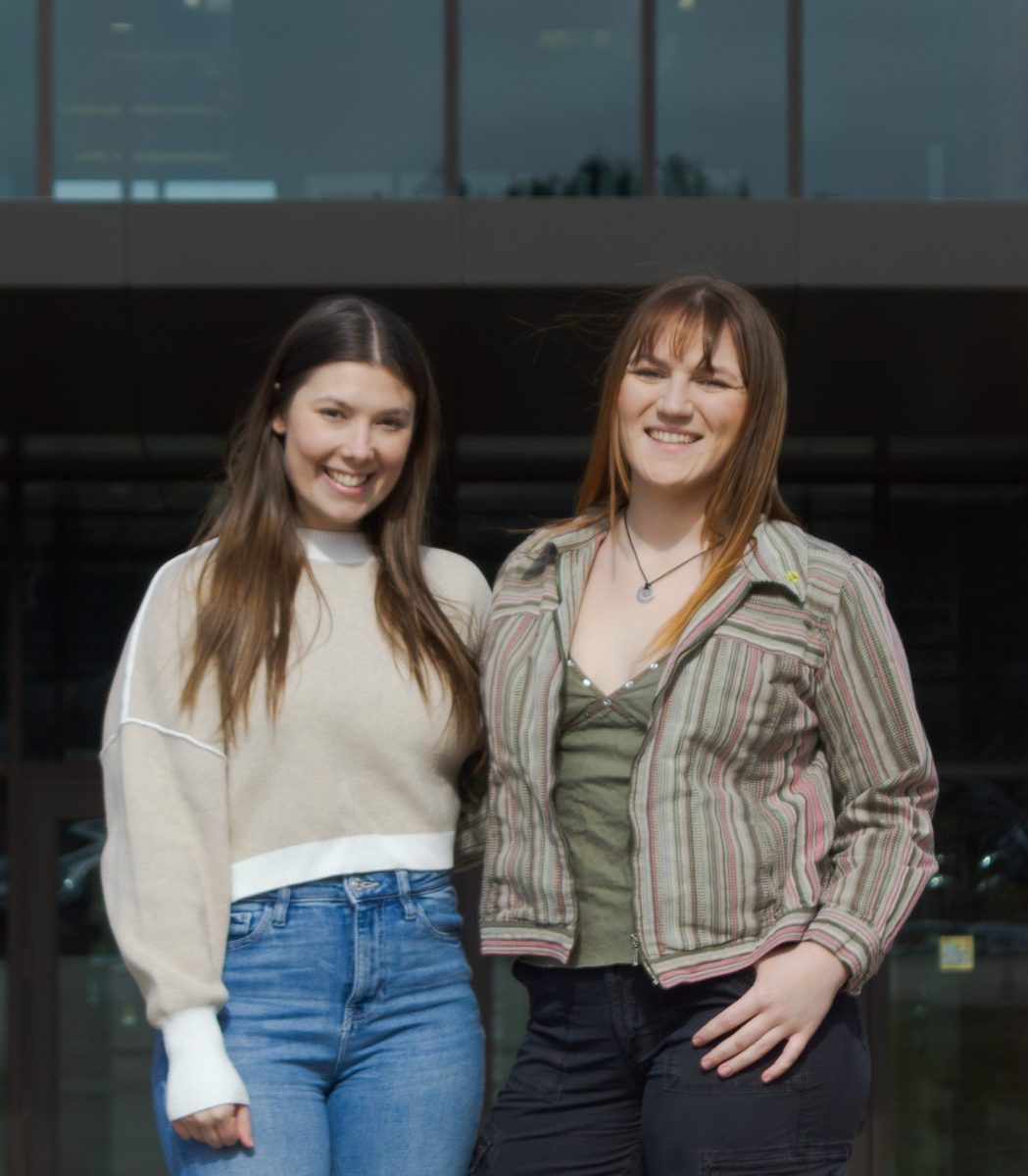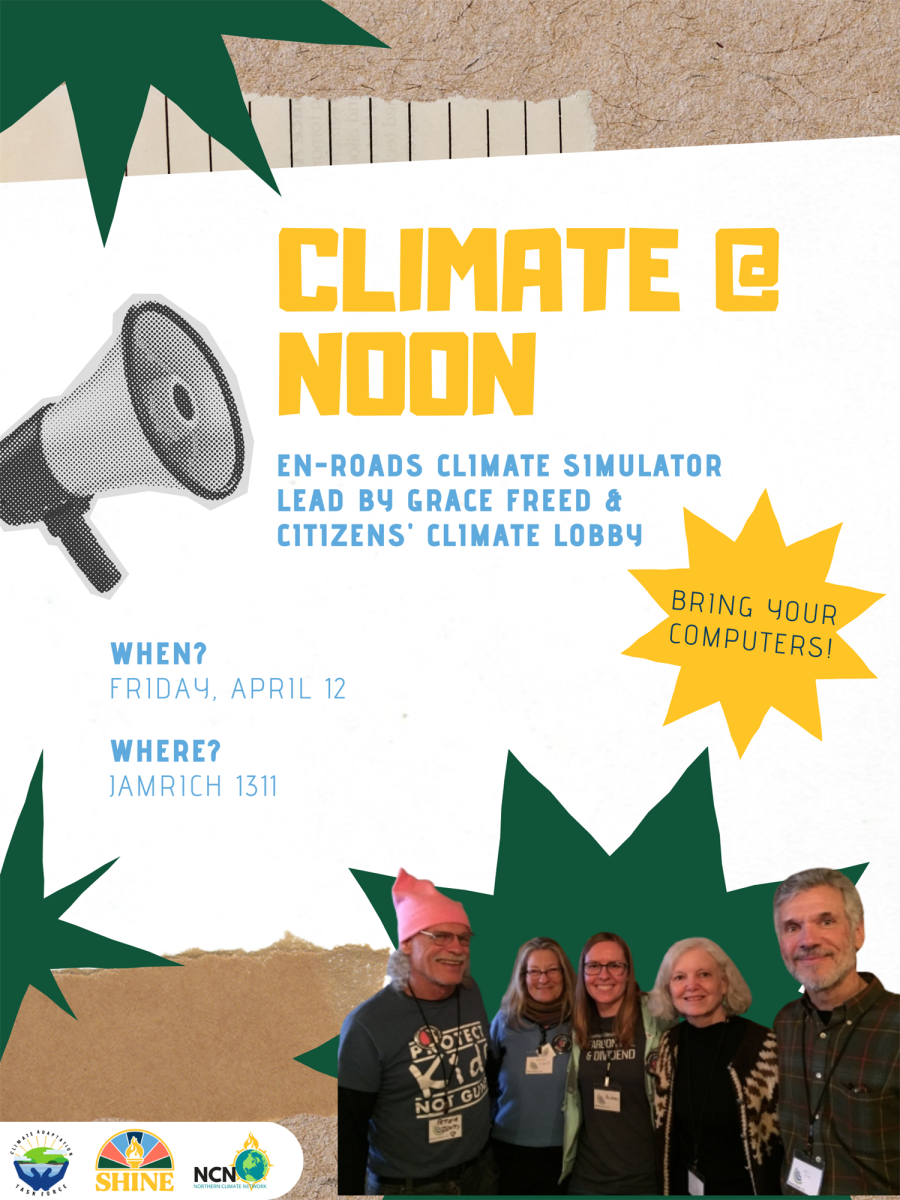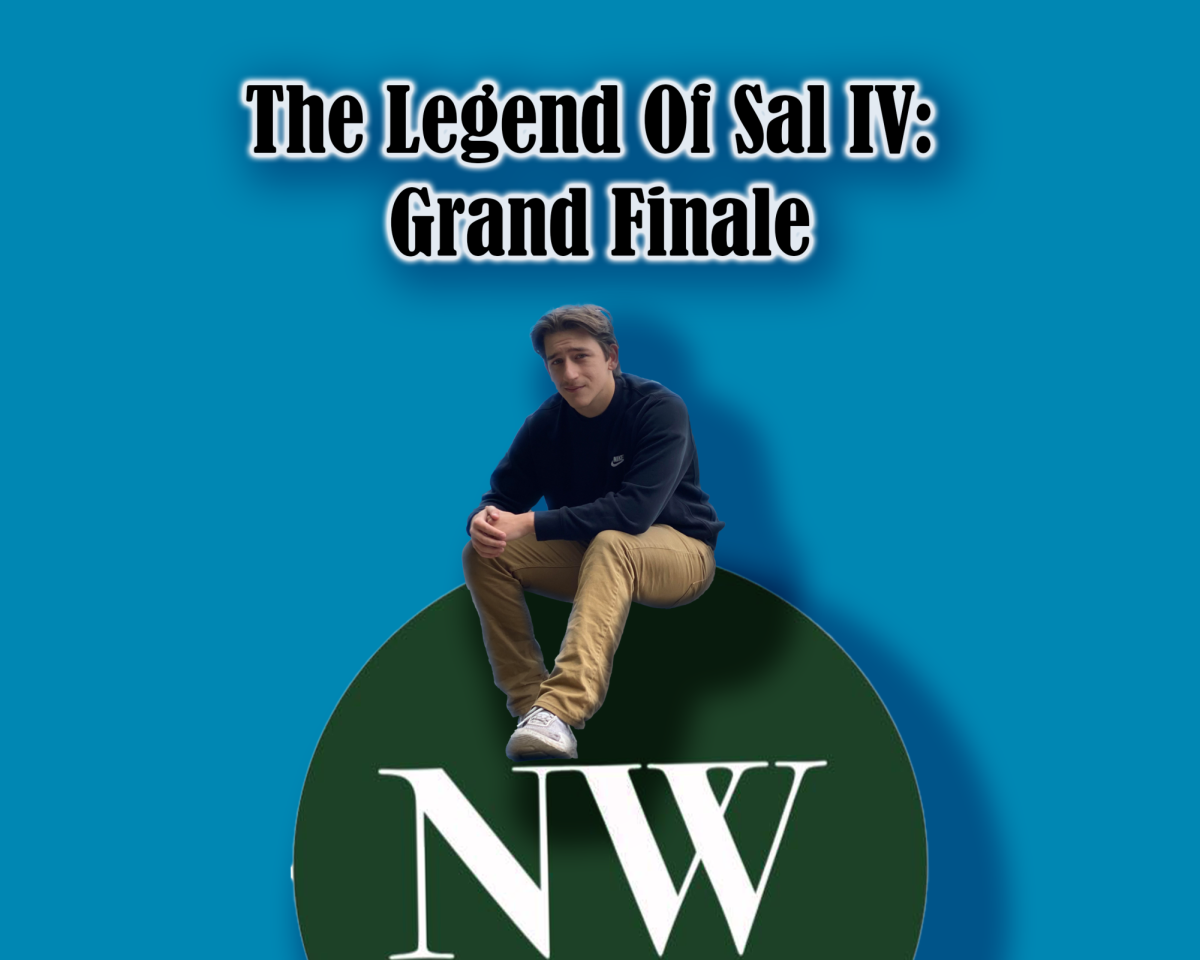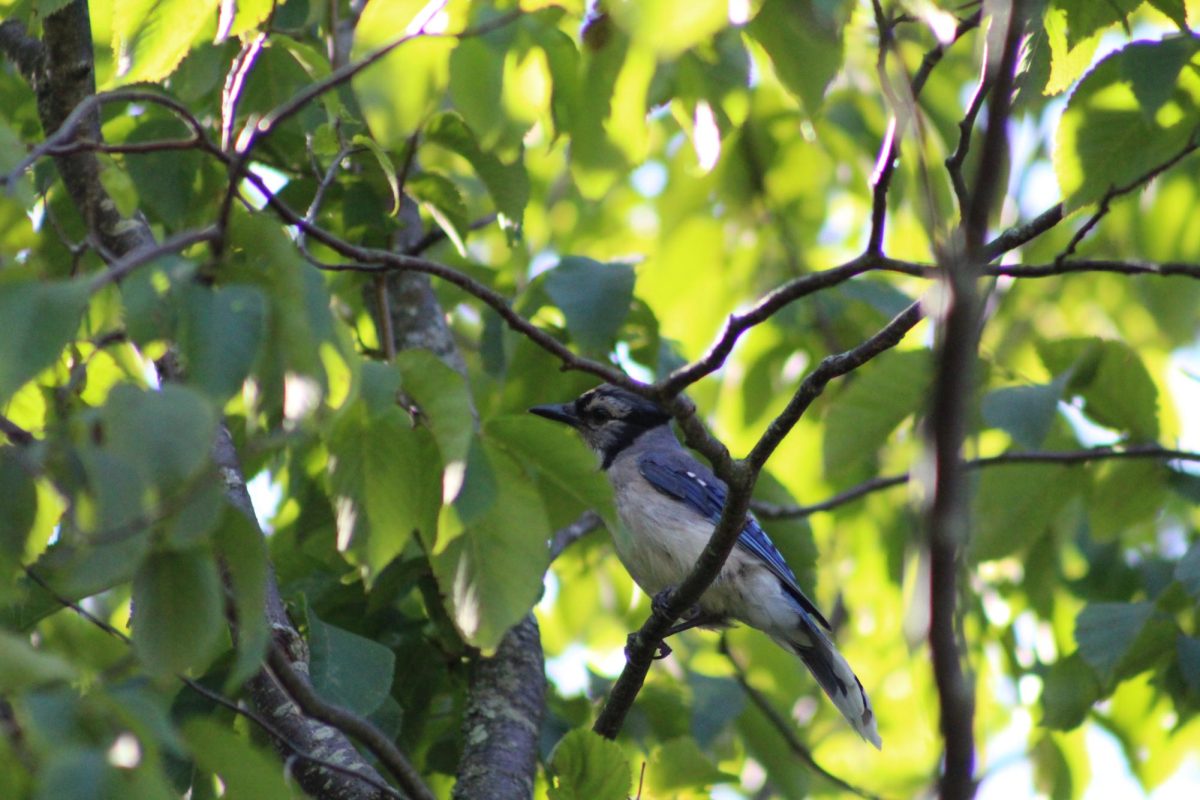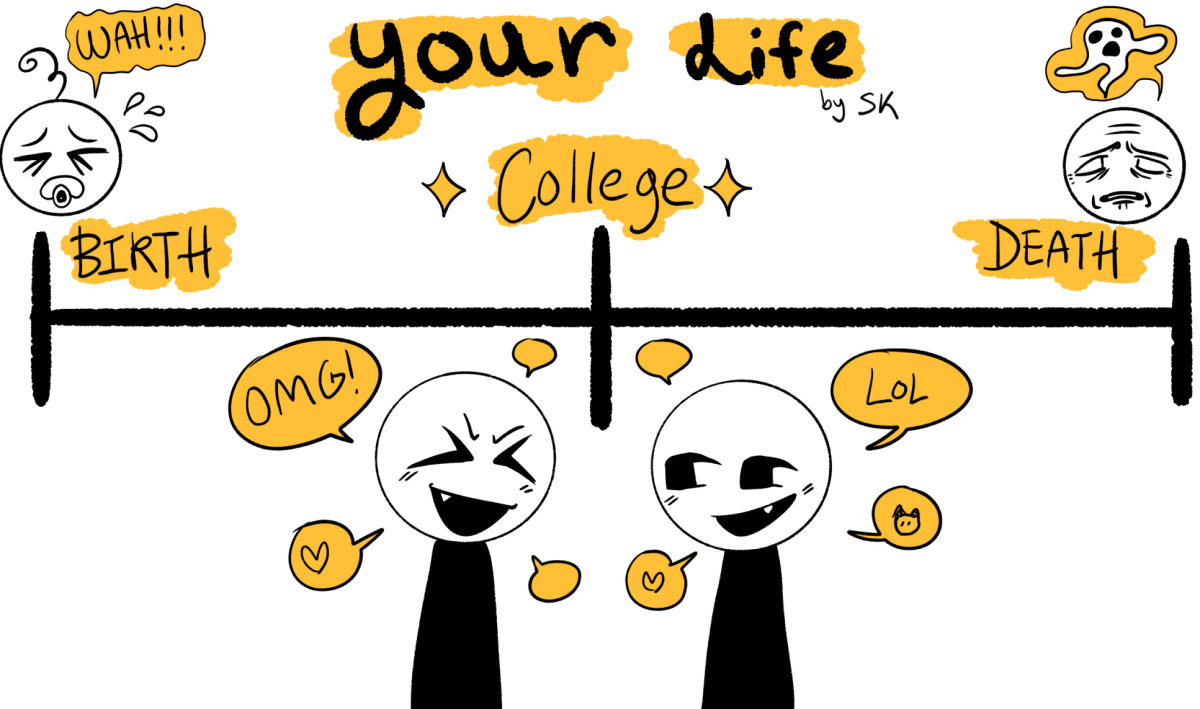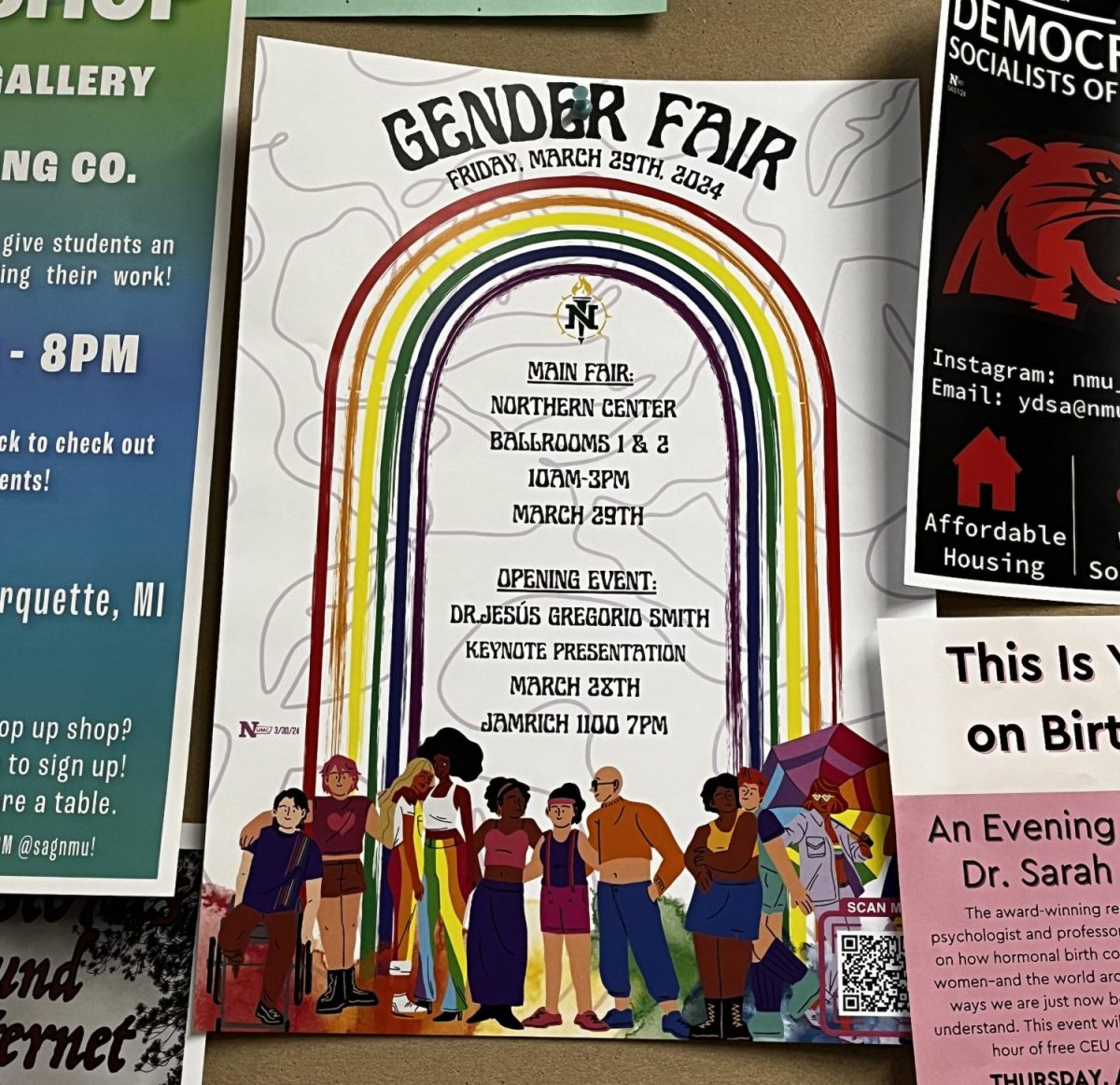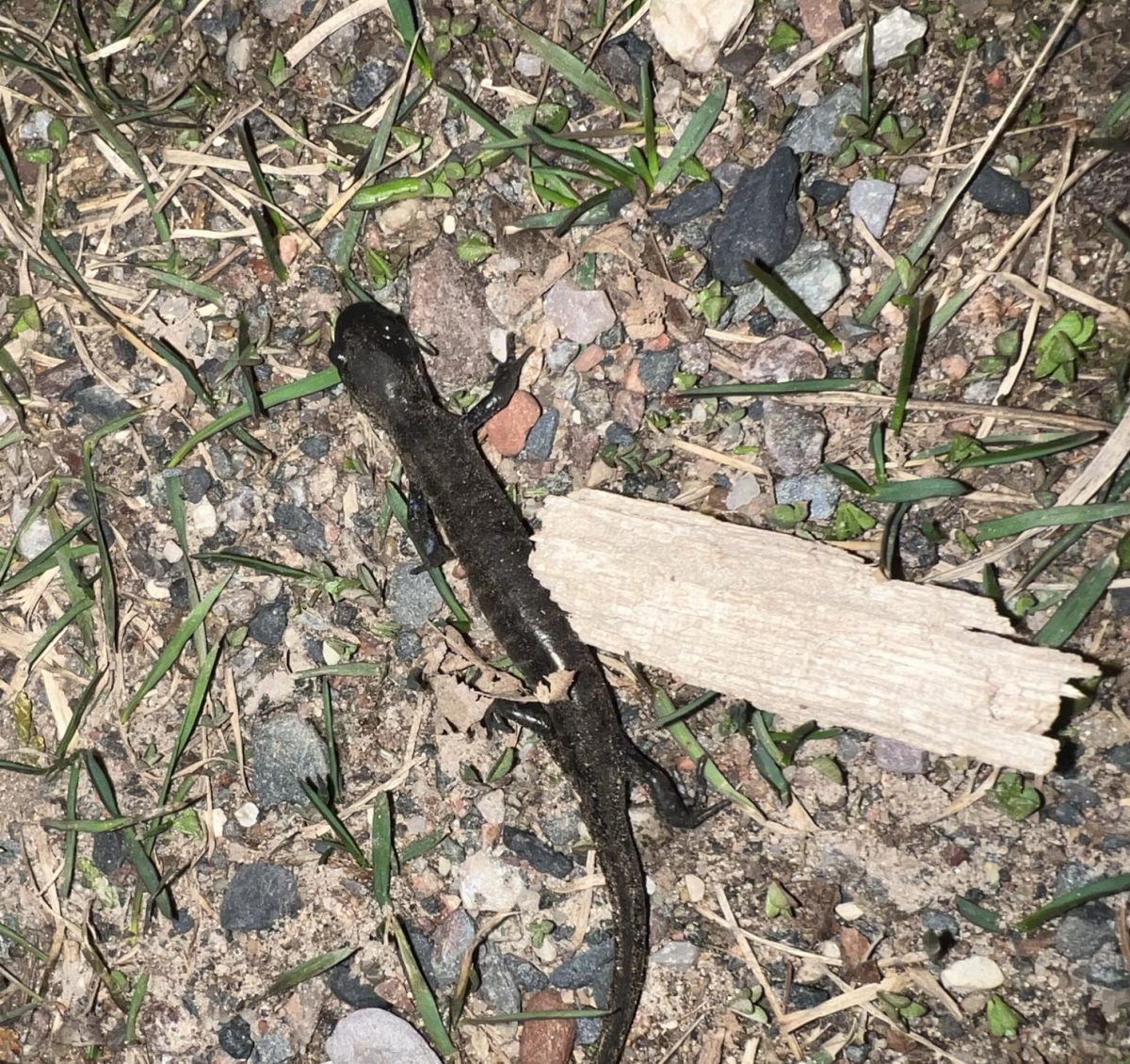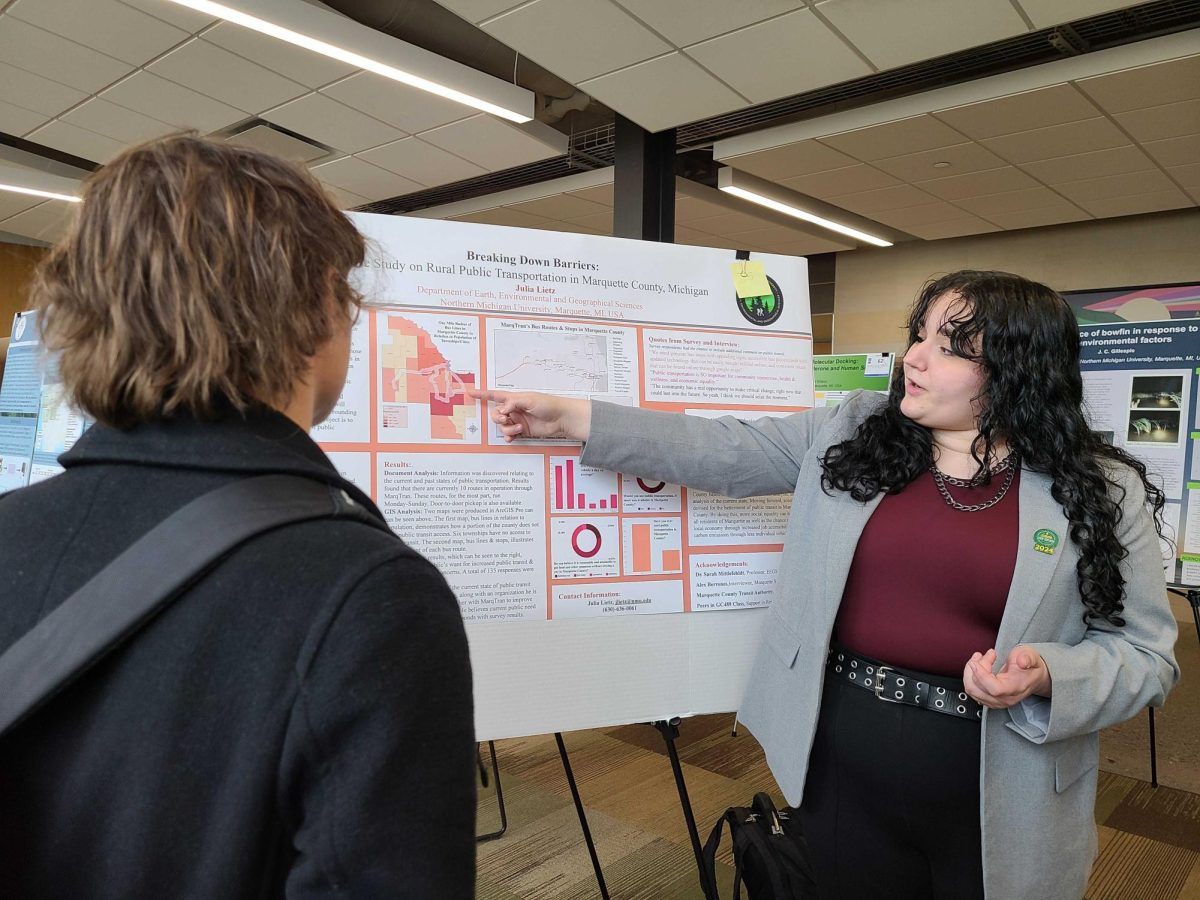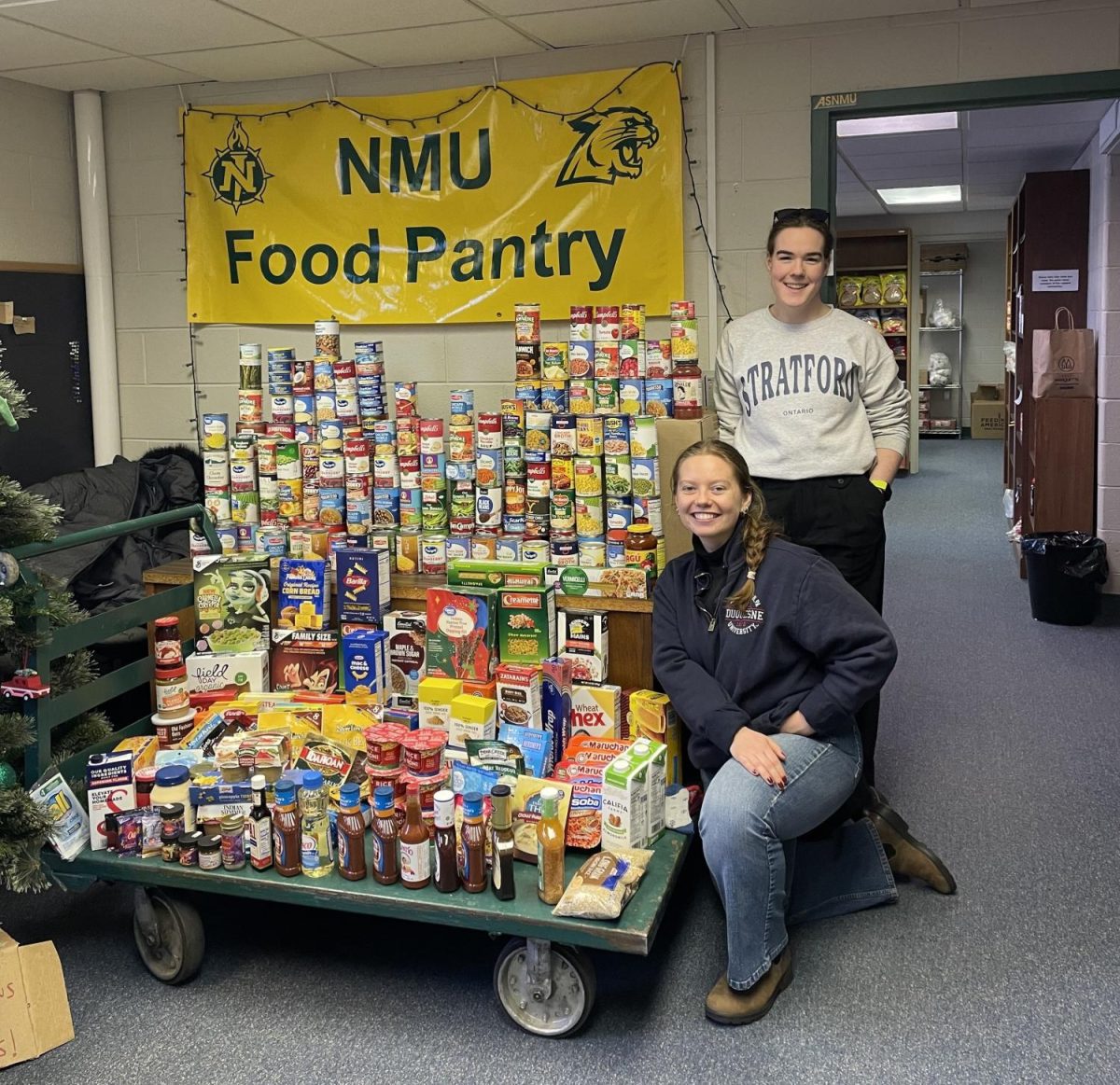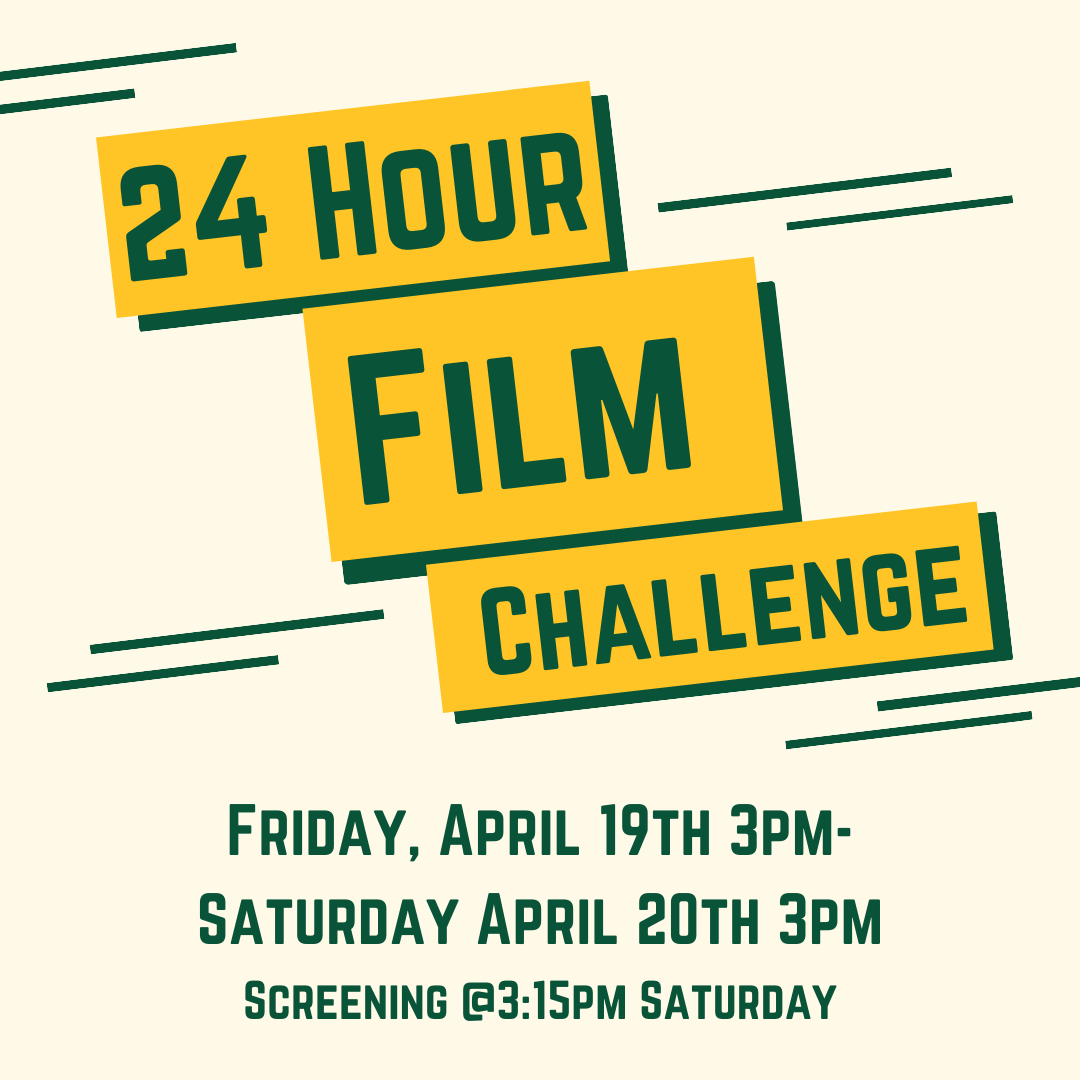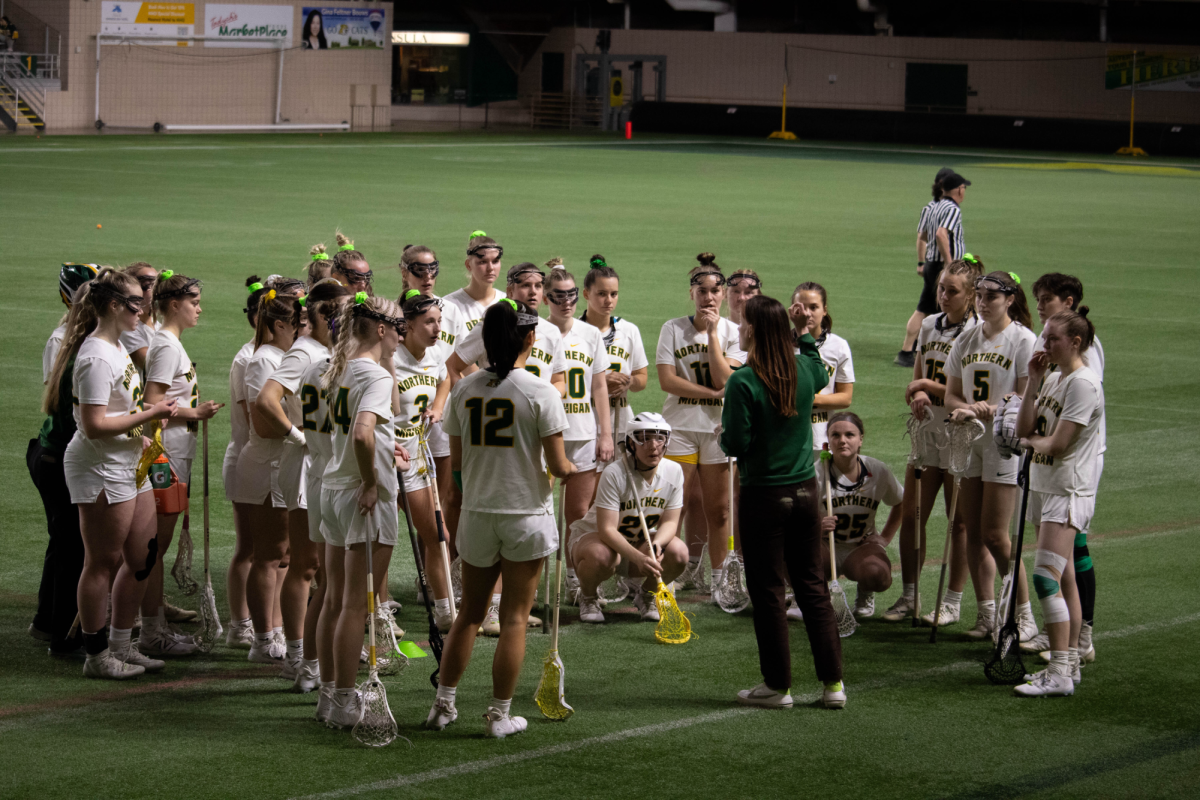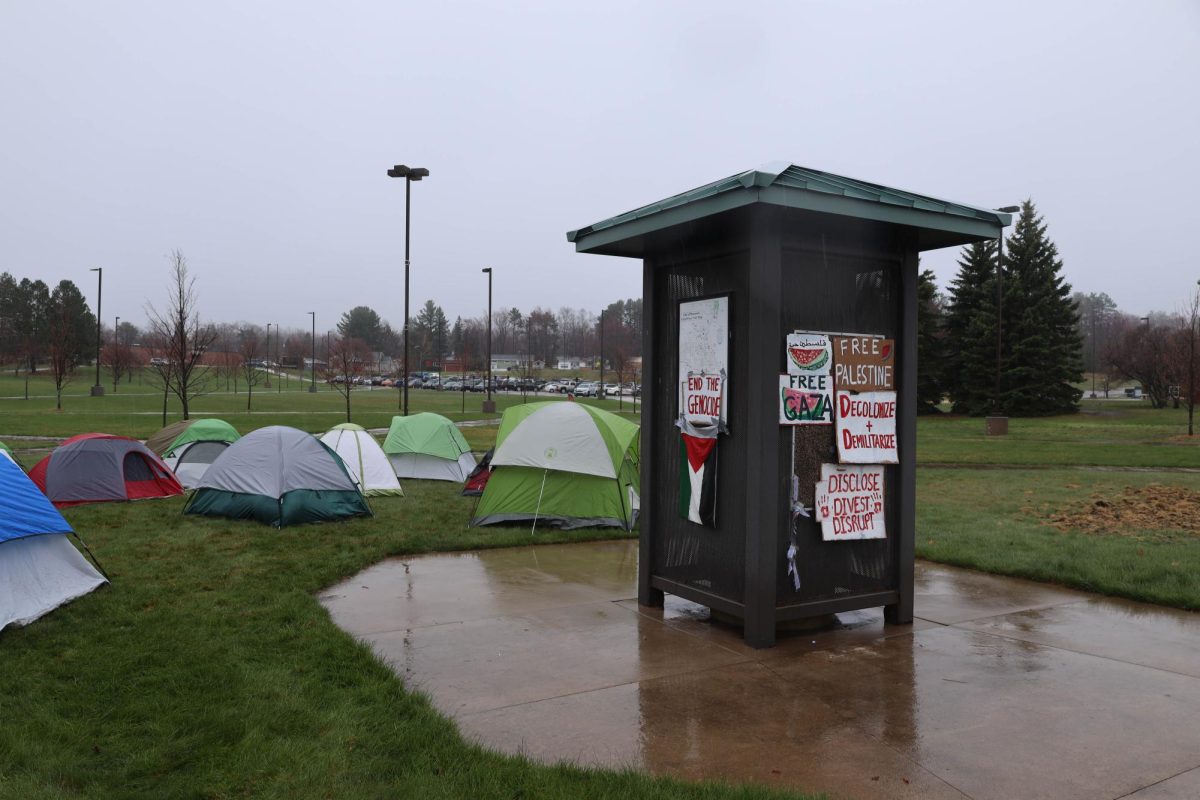“Surviving the Anthropocene,” the latest exhibit at the DeVos Art Museum, details all the ways humankind’s fate on this planet is linked with the natural world, and vice versa. The exhibit features paintings, sculptures, photographs and other works from all over the world, taken from the museum’s permanent collection.
In the current, highly-politicized world of climate change debate, it’s natural that the tone of the exhibit be urgent. Right away the word “Anthropocene,” referring to the era of human inhabitation on this planet as a whole, asks the viewer to radically alter their usual perception of time and history in order to better understand what is at stake.
A major work in the exhibit is a mystical installation called the Tent of Casually Observed Phenologies. In the tent, giving tarot readings is Brooklyn-based artist James Leonard. Outside is a sign that describes it as “a portable sacred space for contemplating the impacts of climate change and correlated environmental crises.”
It is an installation that unites many traditions and areas of the artist’s interest, including the way divination can be seen as ancient precedent to art and poetry, different cultures’ methods of prediction and all the ways practicing it in modern times can connect the disconnected present with a more earth-aware tradition.
In almost a moment of hopelessness, Leonard started searching for fortune tellers to help him understand his future. As he listened, he allowed their divining to change him and started to take workshops and apply the readings to something he cared a lot about, climate change.
“Tarot felt like the one system I could open up more widely. There was also a level of familiarity, most people have some associations to tarot already even if it’s on the margins of the culture,” Leonard said.
The way Leonard uses the tarot to explore the issue of climate change is innovative in a cultural landscape in which it is discussed endlessly using the same numbers and figures.
It is also a novel approach in its interactivity: by inviting people into the tent with their own specific concerns about the environment, people are able to bridge the gap between their own notions about climate change and Leonard’s unique perspective.
“This is helping me understand imagination as something that I think we should be esteeming as one of our sacred capacities. The importance of imagination in terms of problem solving, empathy, taking data or knowledge and turning it into meaning that we can navigate,” Leonard said.

